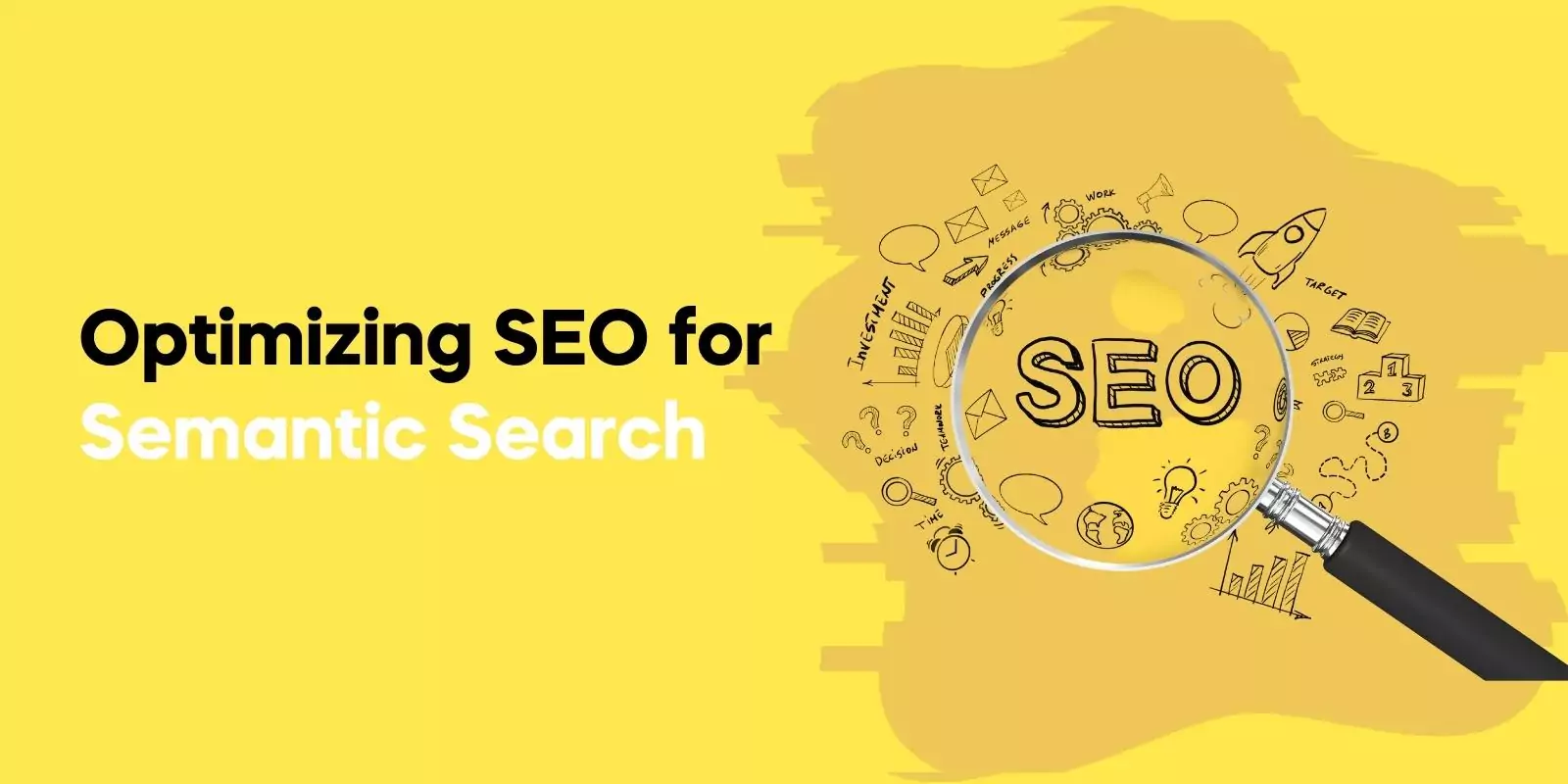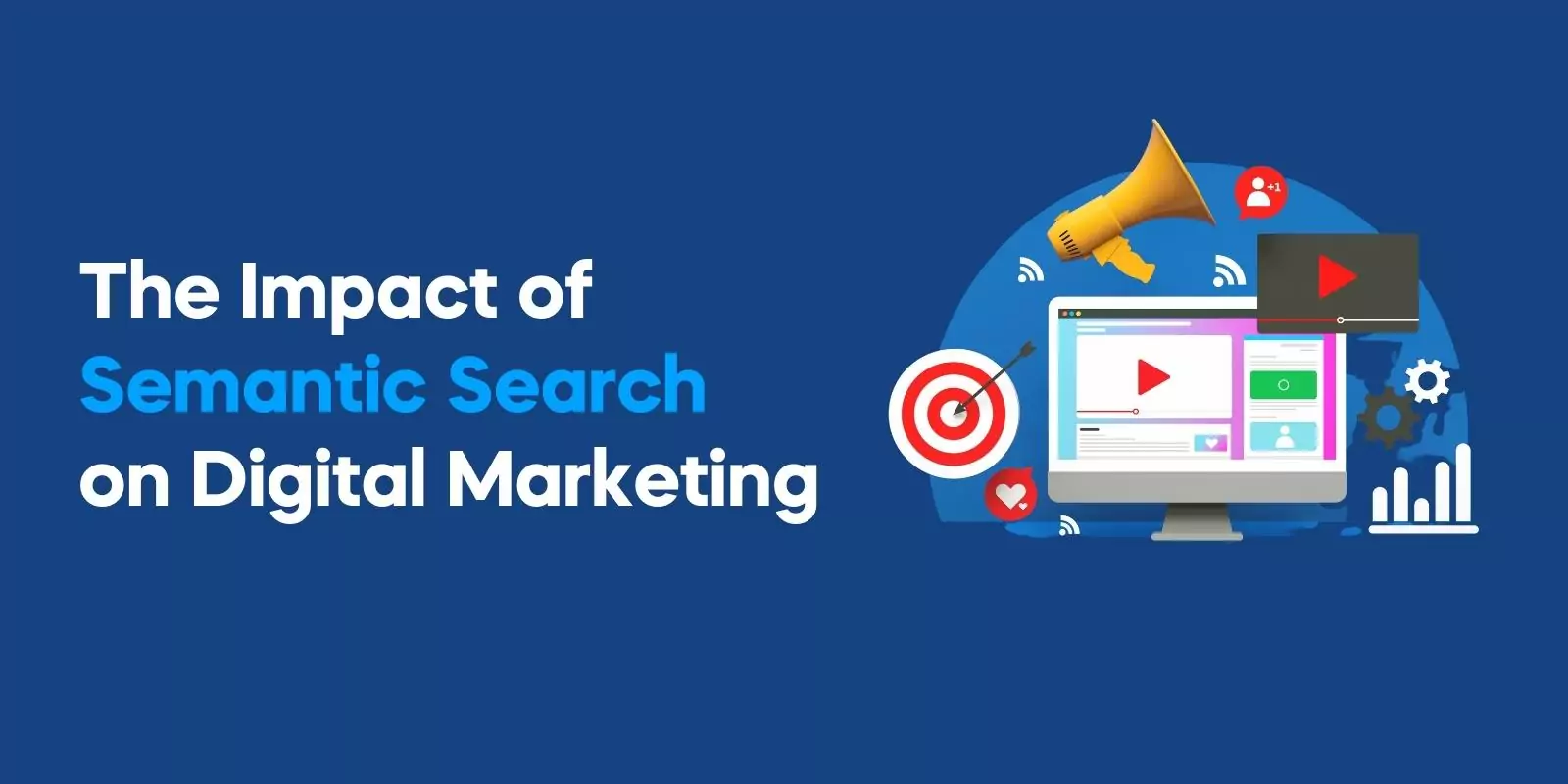Read on to discover the fascinating evolution of semantic search, its impact on user intent and SEO, and actionable tips for optimizing your digital marketing efforts in this new era of search.
The Evolution of Semantic Search
The journey of semantic search has been a remarkable one, with search engines constantly evolving to better understand user intent and deliver more accurate, relevant results.
This evolution can be traced through four key milestones identified by Google: the Knowledge Graph, Hummingbird, RankBrain, and BERT.
Each of these milestones has brought us closer to a world where search engines can comprehend the true meaning behind search queries, rather than simply matching keywords.
As search engines have become more sophisticated, they have increasingly focused on understanding the relationships between entities, such as people, places, and things, and delivering contextually relevant results based on the searcher’s intent.
This shift from keyword matching to semantic matching has had a profound impact on the search experience, as users are now able to find the information they need more quickly and easily than ever before.
Google’s Knowledge Graph
The first major step in the evolution of semantic search was the introduction of Google’s Knowledge Graph in 2012.
This massive database of entities and their interconnections allowed Google to move beyond simple keyword matching and start understanding the relationships between different pieces of information, ultimately leading to more accurate and relevant search results.
The Knowledge Graph was instrumental in initiating the shift from keyword matching to semantic matching, with Google characterizing the relationship between entities as “things, not strings.”
By understanding these relationships, Google can now provide users with a more comprehensive and accurate search experience, whether they are looking for information on a specific person, place, or thing.
Hummingbird Update
The next major milestone in the evolution of semantic search came with the release of Google’s Hummingbird update in 2013.
This update prioritized the significance of search queries over individual keywords, emphasizing the importance of understanding user intent in delivering accurate search results.
By incorporating natural language processing (NLP) techniques, Google was able to better match pages to their meanings and comprehend more conversational searches.
The Hummingbird update laid the foundation for further advancements in natural language processing and semantic search, ultimately leading to the development of even more sophisticated search algorithms.
RankBrain Algorithm
RankBrain, introduced in 2015, is a machine learning system developed by Google to interpret users’ search queries and understand their voice search intent.
Building upon the foundations laid by Hummingbird, RankBrain helped Google understand search queries that included words or phrases it was not familiar with, further improving the accuracy and relevance of search results.
RankBrain quickly became one of the most influential ranking signals, with its only optimization method being to meet search intent.
While there is no definitive method for optimizing for RankBrain, providing all relevant information for each page and allowing Google’s algorithm alone to handle the rest is the recommended approach.
BERT Update
The most recent milestone in the evolution of semantic search is the BERT update, introduced by Google in 2019.
BERT (Bidirectional Encoder Representations from Transformers) is a language processing technique that enables Google to better understand the context of search queries, facilitating accurate interpretation of conversational searches and the meaning of keywords.
The BERT update has had a significant impact on search results, affecting approximately 10% of search results in terms of ranking and featured snippets.
By improving its ability to comprehend the context of search queries, Google can now deliver more relevant and accurate search results, further enhancing the user experience.
Semantic Search and User Intent
Semantic search and user intent are intrinsically linked, as search engines like Google strive to bridge the gap between what a user types in and what they are actually trying to find out.
This involves understanding the purpose of semantic search seeks the keywords used in the search query and the intended use of the retrieved information, ultimately leading to more relevant and accurate search results.
By considering various factors such as context, user intent, and the relationships between entities, semantic search enables search engines to provide users with an optimal search experience.
This is particularly important for digital marketers and SEOs, as content that ranks well but does not satisfy the user’s search intent can lead to users abandoning the page and negatively impacting conversions.
Deciphering Search Queries
To interpret complex and ambiguous search queries, search engines use natural language processing and machine learning algorithms to comprehend user intent.
This involves classifying the query as a who, what, where, when, why, or how question and then analyzing the data, considering numerous ranking factors in search algorithm in relation to the user’s query.
For SEOs, understanding user intent is crucial in order to optimize content and website performance.
Various tools, such as Semrush, can be used to determine keyword intent and ensure that content is aligned with user expectations.
Personalization and Search History
Personalization and search history play a vital role in tailoring search results to individual users. By taking into account a user’s search history and preferences, search engines can display results that are more relevant and customized to the user’s needs.
While personalization can enhance the accuracy of search results, it may also lead to biased results and restrict the variety of search engine results page, that the user is exposed to.
Nevertheless, understanding the impact of personalization on search results is essential for digital marketers and SEOs, as it can help them create content that resonates with their target audience and performs well in search engine rankings.
Dynamic Search Intent
Adapting to changing search intent and trends is crucial for maintaining relevance in search results.
Dynamic search intent refers to the understanding of user intent by search engines and the optimization of content by content producers, guided by semantic search, a modern information retrieval process used by search engines to provide the most suitable search results.
For instance, the search intent for a search term, like “coronavirus” can change rapidly as new information and developments emerge.
Search engines, such as Google, may temporarily modify search results to account for these fluctuations in search intent.
As a content producer, staying up-to-date with changing search intent and trends ensures that your content remains relevant and valuable to your target audience.
Optimizing SEO for Semantic Search
As the importance of semantic search continues to grow, it’s crucial for businesses to adapt their SEO practices in order to stay ahead of the competition.
Instead of focusing solely on individual keywords, businesses should prioritize user intent and strive to create high-quality, contextually relevant content that caters to the needs of their target audience.
To help you optimize your digital marketing efforts for semantic search, consider the following strategies: emphasizing topics over keywords, aligning content with search intent, and utilizing structured data and schema markup.
By incorporating these tactics into your SEO strategy, you’ll be better equipped to meet the needs of your users and improve your overall search performance.

Award-Winning
Sales Funnel & Website Expert
Discover How My Agency Can Grow Your Business
- Website: Our websites are the perfect blend of form and function.
- Sales Funnel: We build sales funnels that turn leads into customers.
- SEO: Get found online with our expert SEO services.
Emphasizing Topics Over Keywords
In the era of semantic search, it’s more important than ever to focus on broader topics instead of specific keywords when creating content.
This approach can assist search engines in better understanding the context of your content, leading to more accurate and relevant search results.
To optimize your content for semantic search, write clearly and concisely, focusing on topics rather than specific keywords.
Structure your content for search engine comprehension, including the use of headings and subheadings, and ensure that it is both informative and engaging for your target audience.
Aligning Content with Search Intent
Creating content that matches user intent and satisfies their needs is essential for success in semantic search.
By understanding the purpose behind search queries and the intended use of the retrieved information, you can create content that is both pertinent and valuable to your target audience.
To achieve this, examine the words included in the search query, the context of the search query based on, and the user’s search history.
By doing so, you can better understand user intent and create content that resonates with your audience, ultimately leading to improved search performance and user satisfaction.
Utilizing Structured Data and Schema Markup
Structured data and schema markup are powerful tools for helping search engines understand the meaning of your content. By using structured data, you can provide additional information to search engines about the content on your page, allowing them to comprehend its context more accurately and enhance the precision of search results.
Schema markup, a way of utilizing structured data to establish a shared semantic framework for the web, can be particularly useful in this regard.
Implementing schema markup can result in increased visibility in search engine results pages (SERPs) through “rich snippet,” knowledge panel, and answer box listings.
By incorporating structured data and schema markup into your content, you can improve both its visibility and its relevance in search results.
The Impact of Semantic Search on Digital Marketing
Semantic search has had a profound impact on digital marketing, transforming the way content is produced and optimized for search engines.
By understanding the importance of semantic search, businesses can craft high-quality, contextually relevant content that caters to user intent, establish topical relevance through link building, and build a strong brand to optimize SEO performance.
Grasping the principles of semantic search is imperative to facilitate conversions and generate revenue.
In this new era of search, businesses must adapt their digital marketing strategies to stay ahead of the curve and capitalize on the opportunities presented by semantic search.
Content Creation and Curation
Creating high-quality, contextually relevant content that addresses user intent is crucial in the era of semantic search.
By optimizing for entities and topics, producing relevant content, and incorporating structured data, businesses can enhance the precision of search results and provide users with more pertinent content.
Content curation also plays a vital role in optimizing for semantic search. By organizing and displaying content in a way that is more easily interpreted by search engines, businesses can improve their search performance and better cater to the needs of their target audience.
Link Building and Relevance
Link building is an essential component of digital marketing and SEO in the era of semantic search. By providing authoritative and pertinent inbound links to a webpage, businesses can increase its relevance and authority, leading to improved search rankings.
Establishing topical relevance through link building is not only important for external backlinks but also for internal links within your website.
By creating a robust internal link building strategy, you can demonstrate to search engines that your pages are interconnected and relevant to one another.
Brand Building and Knowledge Graph
Building a strong brand is essential in the era of semantic search, as it can lead to inclusion in Google’s Knowledge Graph and improved SEO performance.
To build a strong brand, businesses should focus on creating top-notch content, generating backlinks, and forming a distinctive brand identity.
Inclusion in Google’s Knowledge Graph can boost SEO performance by increasing visibility in search engine results pages, providing more comprehensive information about the entity, and enhancing the user experience.
By focusing on brand building and optimizing content for semantic search, businesses can stay ahead of the competition and capitalize on the opportunities presented by this new era of search.
Frequently Asked Questions
What is a semantic search example?
Semantic search is a search or query technique that understands the intent and contextual meaning of the search query, rather than focusing on finding an exact match for the words or phrases entered into the search engine.
For example, if you were to search “the tallest building in the world”, a semantic search engine would understand that you’re looking for the name of the tallest building in the world, and not just pages that contain those exact words. It would return results about the Burj Khalifa, which is currently the tallest building in the world.
Is Google a semantic search?
Yes, Google uses semantic search. Over the years, Google has evolved to understand the context and intent behind search queries, moving beyond keyword matching. With the introduction of the Knowledge Graph in 2012 and the use of machine learning algorithms like RankBrain, Google’s search engine aims to understand the relationships between words and the overall meaning of queries to deliver more relevant search results.
What is the use of semantic search?
Semantic search is used to improve the accuracy and relevancy of search results by understanding the searcher’s intent and the contextual meaning of the search query. Instead of focusing on matching keywords, semantic search tries to understand the relationships between words and phrases in the query.
This leads to more accurate search results, a better user experience, and higher user satisfaction. Semantic search also allows search engines to provide more personalized search results based on the user’s search history, location, and other personal preferences.
What is the difference between lexical search and semantic search?
Lexical search and semantic search represent two different approaches to information retrieval.
Lexical search is based on the exact matching of words or phrases in the search query to the words or phrases in a document or database. It doesn’t take into account the context or meaning of the words or phrases.
For example, a lexical search for “apple” would return results containing the word “apple,” regardless of whether it refers to the fruit or the technology company.
Semantic search, on the other hand, understands the intent and contextual meaning of the search query. It considers the relationships between words and phrases, synonyms, and even user behavior data to provide more relevant and accurate results.
In a semantic search for “apple”, the search engine would attempt to understand what type of “apple” the user is interested in based on the context of the query and the user’s search history.
What is lexical vs syntactic vs semantic?
Lexical, syntactic, and semantic are three levels of analysis in the field of linguistics and natural language processing.
- Lexical: This level involves the analysis of words and their meanings. It focuses on the vocabulary of a language, including words, their meanings, and their morphological composition.
- Syntactic: This level involves the study of the structure of sentences. It looks at how words are combined into phrases, clauses, and sentences according to grammatical rules.
- Semantic: This level involves the study of meaning in language. It looks at how meaning is constructed through words, phrases, sentences, and larger units of discourse. It also considers factors like context and user intent.
What is the difference between syntactic search and semantic search?
Syntactic search and semantic search are two different types of search strategies.
Syntactic search is based on the syntax or structure of the search query. It looks for exact matches or patterns in the search query and the database or document being searched. Syntactic search doesn’t understand the meaning of the words or phrases in the search query.
Semantic search, on the other hand, understands the meaning and intent behind the search query. It uses this understanding to deliver more accurate and relevant search results.
Semantic search can consider the relationships between words, the context of the search query, and even the user’s search history and personal preferences. This allows semantic search to deliver more personalized and relevant results compared to syntactic search.
Conclusion
In conclusion, semantic search has revolutionized the world of digital marketing and SEO, making it more important than ever for businesses to adapt their strategies and stay ahead of the curve.
By understanding the evolution of semantic search, the connection between user intent and search results, and the best practices for optimizing content for semantic search, businesses can capitalize on the opportunities presented by this new era of search and drive success in their digital marketing efforts.
So, are you ready to embrace the power of semantic search and transform your digital marketing strategy?











